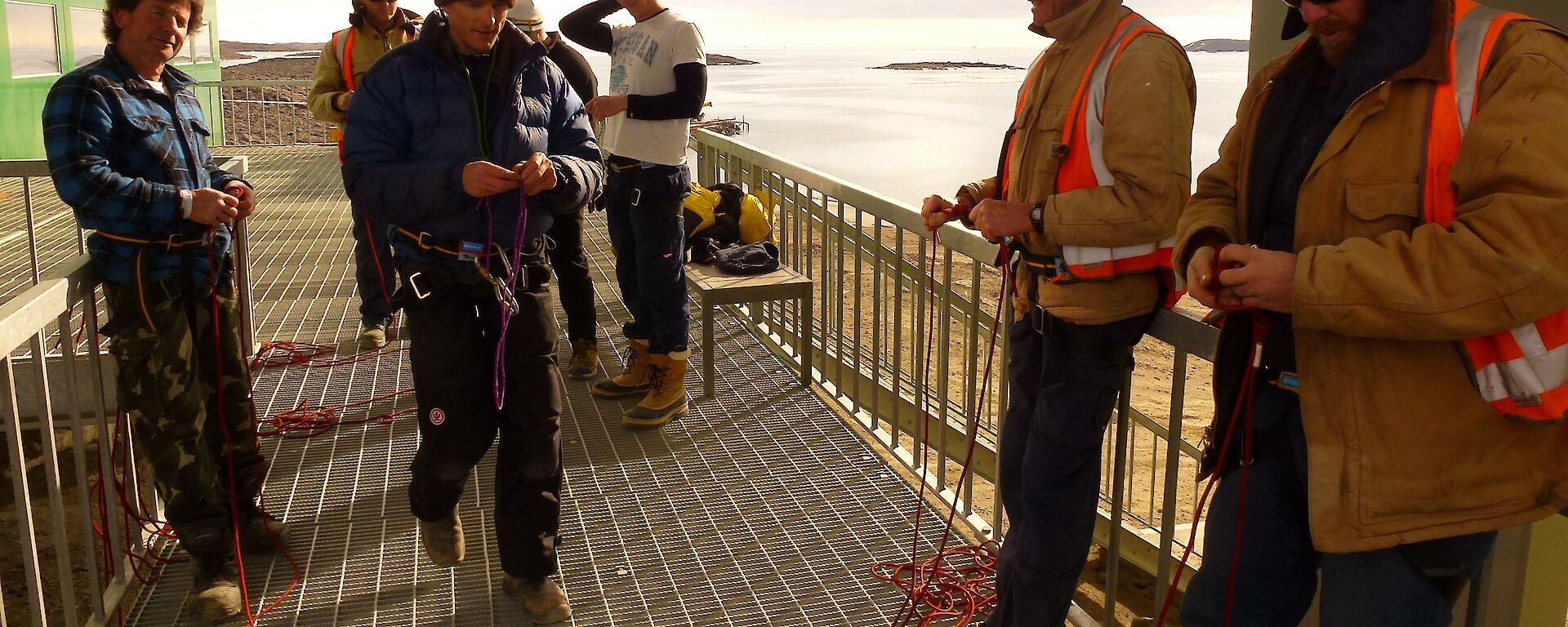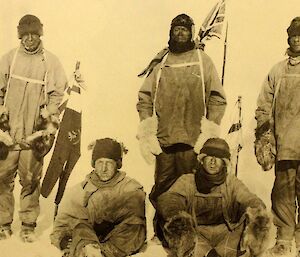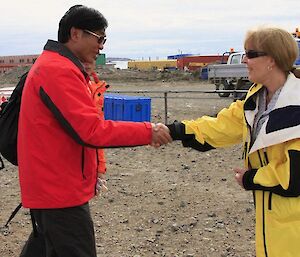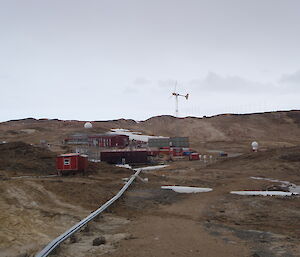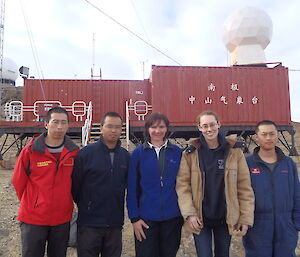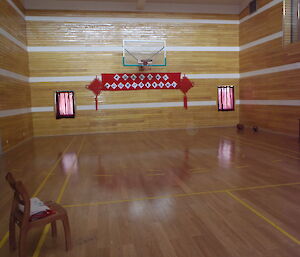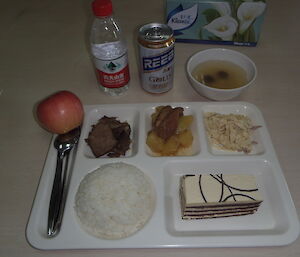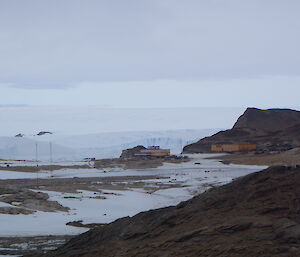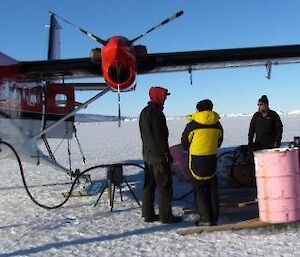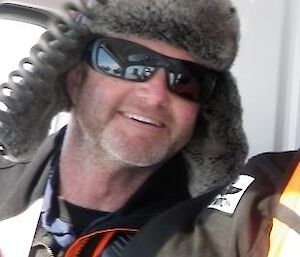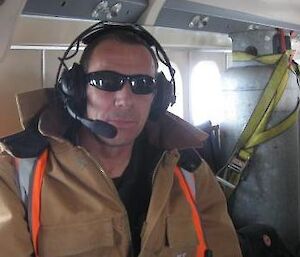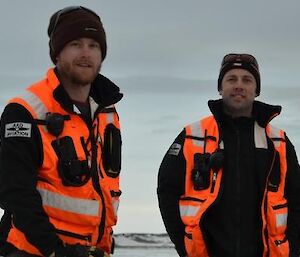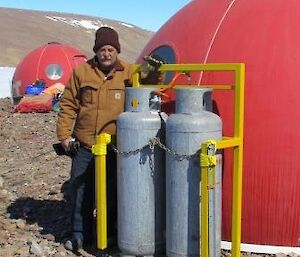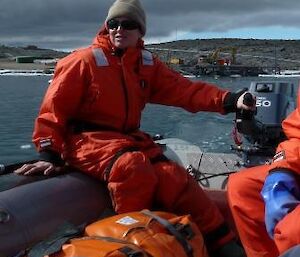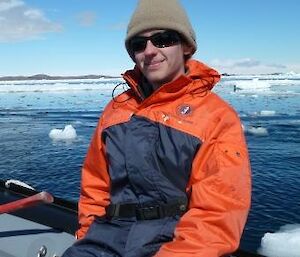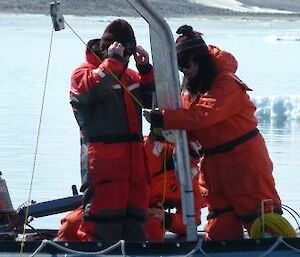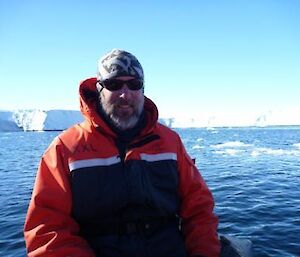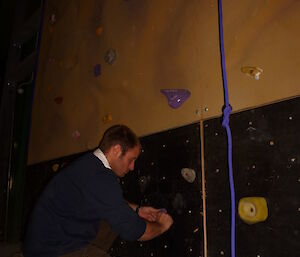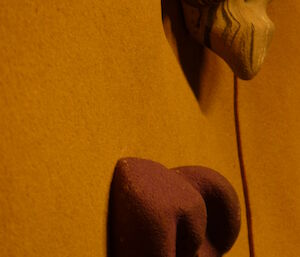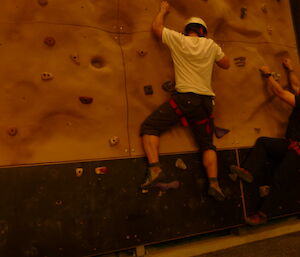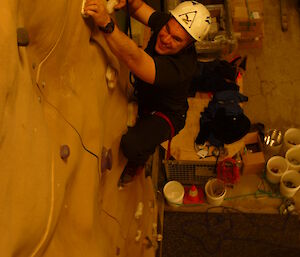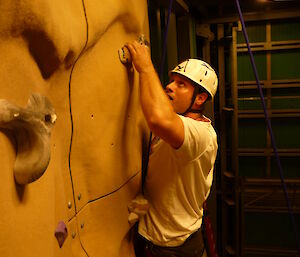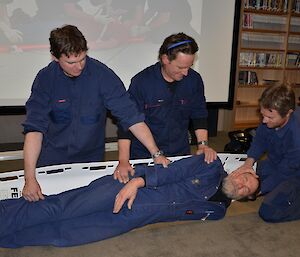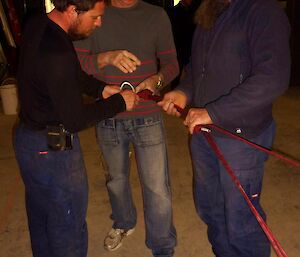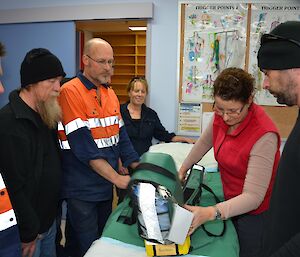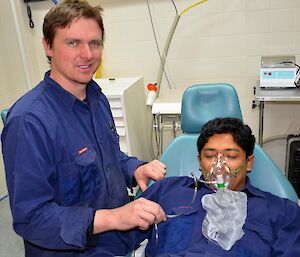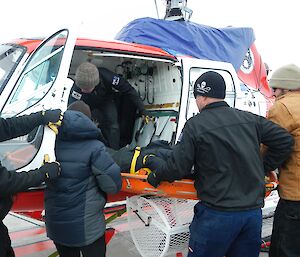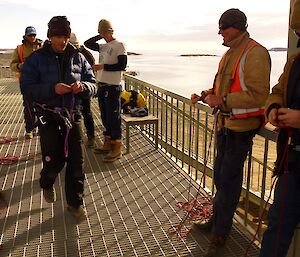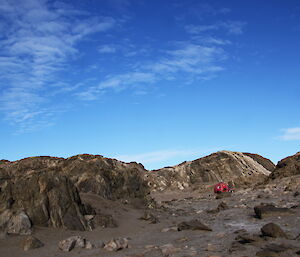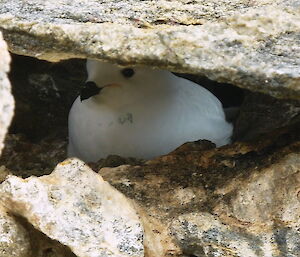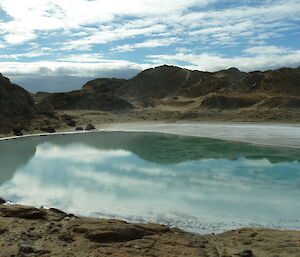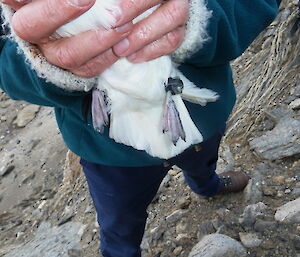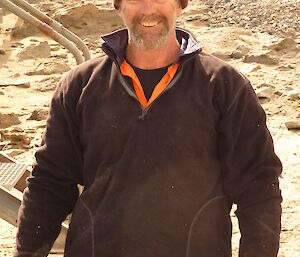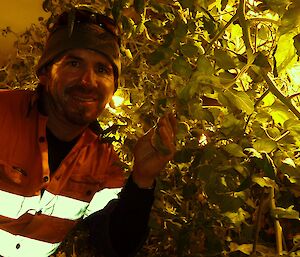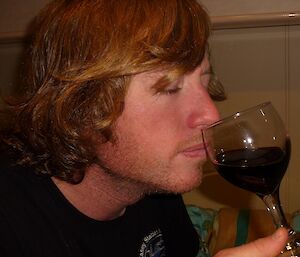As we expeditioners live in a very remote environment down here, it is essential to have a well trained and capable Search and Rescue (SAR) team available at all times. The season so far has provided this throughout winter, with SAR members as well as previously trained or experienced crew.
However, the season is ticking along and in almost less than 60 days a red boat will be seen outside the station, and believe it or not, it will bring new potatoes for the winterers’ kitchen, and take the old ones (us summer crew… ha-ha) back to civilisation.
So we recently started the process of training the current and over winter SAR team. Big interest was shown by many, and it is super to have this many folks keen to help people in distress.
The training did really start a long time ago with first sessions in navigation, radio use, knot craft and patient handling on the boat journey south; however we will now fine-tune these skills in a progression of learning modules, all linked to each other. That’s why it is great to see the commitment from expeditioners to attend any sessions, ask questions and seek further clarification, and to be able to implement these learnings in the following session.
To perform a rescue, often in wild conditions such as poor weather, and dealing with injured folks, it requires a strong commitment to give it your very best — this has been displayed by all. The windy weather of last week gave us the opportunity to present several topics. First our friendly FTOs mentored people in stretcher-handling, such as getting a patient into a stretcher, transporting the stretcher in a Hägglunds, and unloading at the medical facility. The learning was further developed by our Doc Jan showing SAR members the use of the oxygen setup. Great input and learnings from all.
Later in the week, while still windy but becoming fine (for a day or two…), we ran a harnessing-up session, leading into knot craft, while Jan instructed people how to safely remove a helmet from an injured person, how to get them on a back board and the fitting of a neck collar.
In the next sessions we will look at how to remain safe in glaciated terrain, crevasse extraction and pulleys, anchors and their attachments, and many other skills involved. Hopefully an abseiling session in the big green store will take place soon — a great skill for any SAR member (this will also be a fun activity available for everyone). The team is already excited about the field sessions ahead, which we will run once everyone has learned the necessary components and the weather and work commitments are nice to us.
Lots of folks are practising knots as we now have official training stations in the living quarters (little booklets and spare rope). So next time you are enjoying that cold one, how about tying a double fisherman, or ask Frank to show you the monkey knot.
Keep it up team, because we: Train Hard and Rescue Easy!

